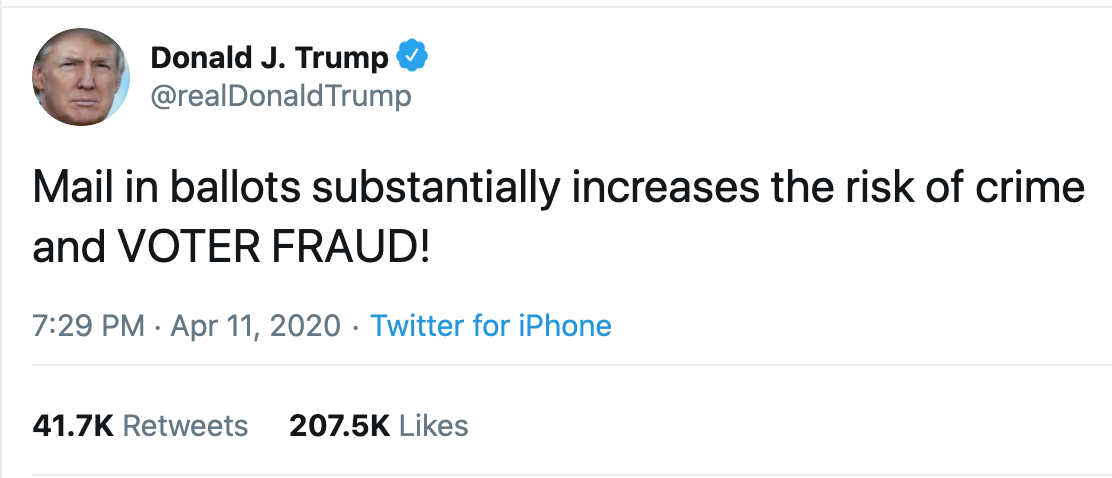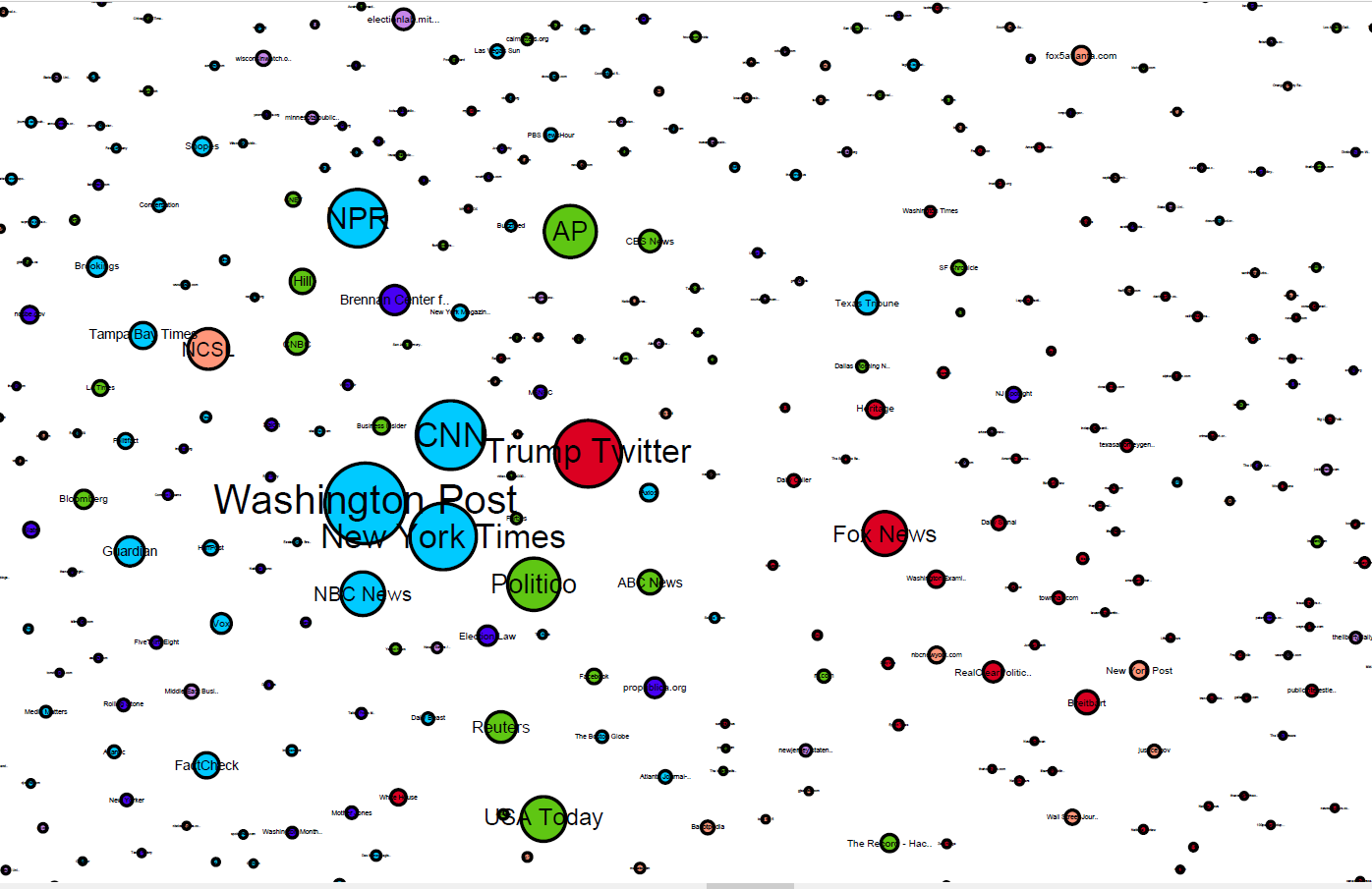Disinformation (noun)
dis·in·for·ma·tion | \ (ˌ)dis-ˌin-fər-ˈmā-shən
: false information deliberately and often covertly spread (as by the planting of rumors) in order to influence public opinion or obscure the truth
https://www.merriam-webster.com/dictionary/disinformation
Disinformation Then
Coined by Joseph Stalin, disinformation (or dezinformatsiya) emerged during the early days of the Stalinist regime. Used in both World War II and the Cold War, the act of deception is rooted in warfare. Although, this isn’t to say that disinformation can only be in the form of deception. Propaganda, similar to disinformation in its utilization, can be used to influence its audience by misrepresenting the truth or selecting facts and arguments to invoke a specific emotion.
In the present day, we have the term “fake news”, popularized by Donald Trump; describing the spread of misinformation on the Internet and by the media. Unlike disinformation, misinformation can start and be spread by misguided people who sincerely believe in the content they are uploading. The virality of information on the Internet is rapid and widespread as there are many connections between the different communities.
Disinformation Now

One of the biggest disinformation campaigns in recent times is Trump’s claim that mail-in voting increases the risk of voter fraud. Although I am not well-versed in politics nor the US political system, it was interesting/amusing/terrifying to see many media outlets and academic fact checkers cover this story throughout the year.
In a very recent publication on the 1st of October, Harvard researchers analyzed over 55,000 online media stories, 5 million tweets, and 75,000 posts on public Facebook pages about this claim.

This network map represents all online media outlets for 2020 on the topic of mail-in voter fraud. The nodes are sized by inlinks from other media sources, location is determined by the linking relations of all media sources, and colour is determined by their side on the debate.
On the Internet, disinformation can be spread rapidly and easily, so it is of the utmost importance to find a solution. We cannot change the fundamentals of the communication network because all information would be affected, but rather we must focus on the integrity and policies in place to prevent both misinformation and disinformation from spreading.
References:
https://cyber.harvard.edu/publication/2020/Mail-in-Voter-Fraud-Disinformation-2020